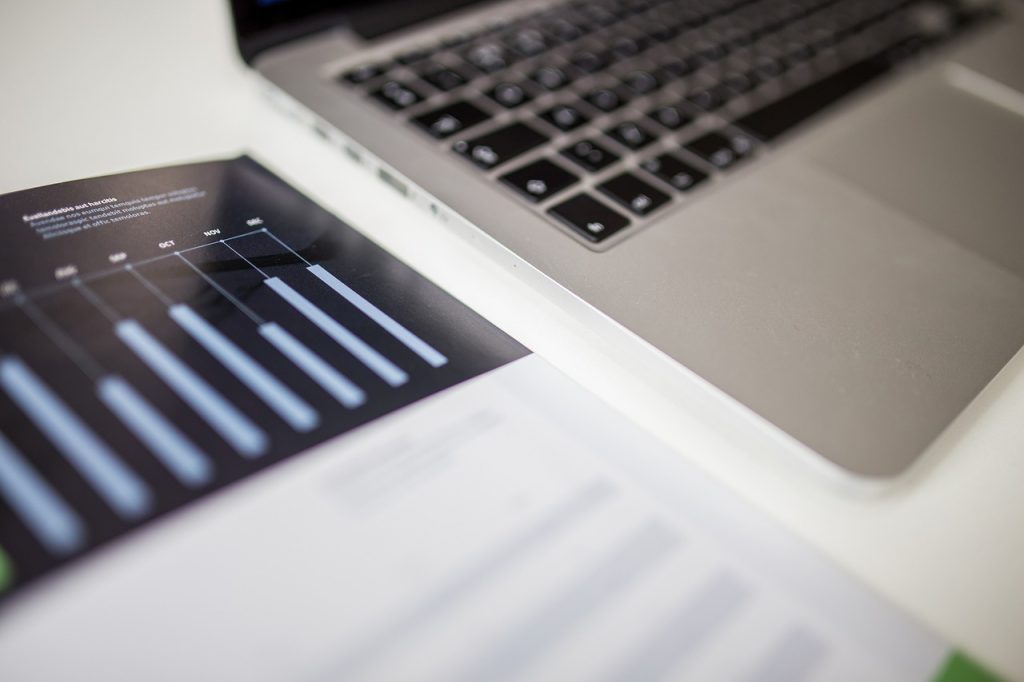Boosting your PC’s performance can make a world of difference in how smoothly your system runs, especially if you’re dealing with slow loading times, lag, or general sluggishness. Whether you’re looking to optimize your system for gaming, work, or everyday use, there are several practical steps you can take to improve speed and performance.
Cleaning Up Unnecessary Files and Programs

One of the simplest ways to boost performance is by decluttering your PC. Over time, temporary files, unused programs, and old system files can take up significant space, slowing down your system. By regularly clearing out these unnecessary files, you can free up storage and improve performance. Start by uninstalling programs you no longer need and use a built-in tool like Disk Cleanup on Windows to remove temporary files and system junk.
Managing Startup Programs
A slow boot time is often caused by too many programs launching when your PC starts up. Many applications are set to run automatically in the background when you turn on your computer, which can significantly impact performance. By managing startup programs, you can limit the number of apps that run at startup and improve your PC’s speed. Go to your Task Manager, navigate to the Startup tab, and disable any unnecessary programs.
Outdated drivers and software can cause performance issues, as they may not be optimized for your current system configuration. Regularly updating your operating system, drivers, and software ensures that your PC is running efficiently and can take advantage of new performance enhancements. Most operating systems offer automatic updates, but it’s always a good idea to check manually for any updates you may have missed.
Optimizing Your Hard Drive
Over time, your hard drive can become fragmented, meaning files are stored in scattered pieces across the drive, which can slow down access times. Using a built-in tool like Disk Defragmenter on Windows can reorganize these files, helping your system access them more efficiently and boosting performance. If you have a solid-state drive (SSD), you can optimize it by enabling the TRIM feature, which helps maintain its speed and longevity.
Many apps and processes run in the background, consuming resources and slowing down your system without you even realizing it. Monitoring background processes through your Task Manager can help you identify and disable programs that are using too much memory or CPU power. Be cautious when ending processes, and only close those you recognize or are sure are safe to disable.
Increasing RAM and Storage

Sometimes, boosting your PC’s performance requires upgrading your hardware. If you’re constantly running into slowdowns, adding more RAM can significantly improve your computer’s ability to handle multiple tasks at once. Similarly, upgrading from an old hard drive to an SSD can result in faster boot times, quicker file access, and an overall snappier system. Investing in these hardware upgrades can breathe new life into an older PC.
Boosting your PC’s performance is achievable with a combination of software optimizations and hardware upgrades. By regularly cleaning out unnecessary files, managing startup programs, updating software, and upgrading hardware when needed, you can enjoy a faster, more efficient computing experience. Whether you’re using your PC for work, gaming, or casual use, these tips will help keep your system running at its best.

Leave a Reply